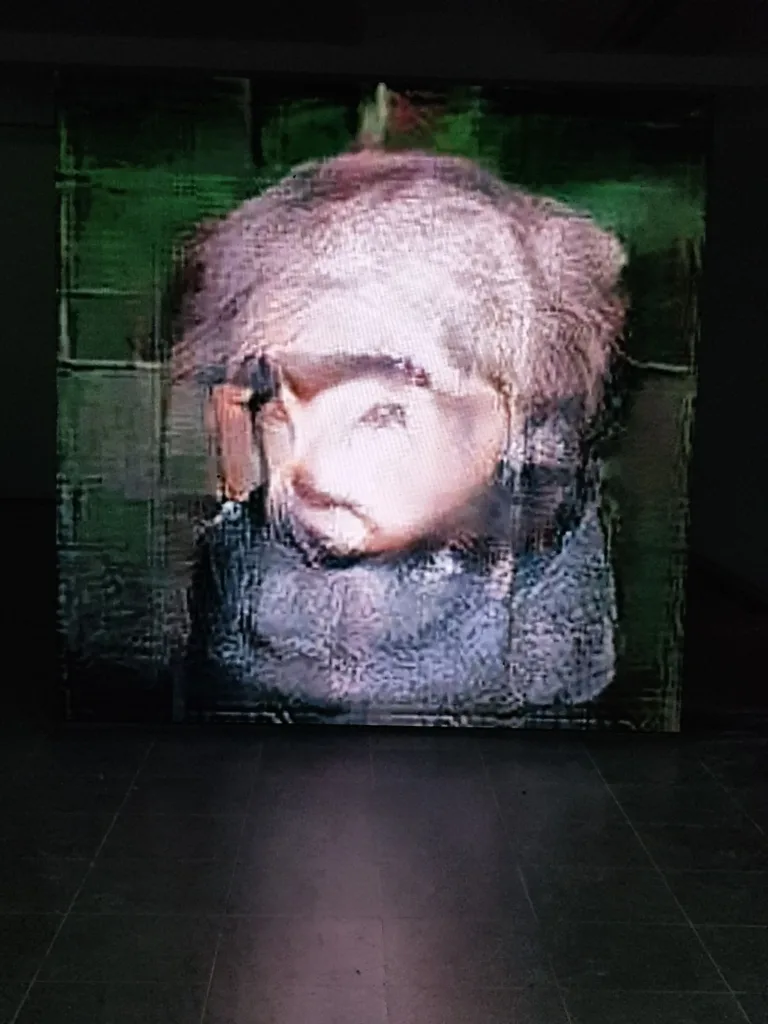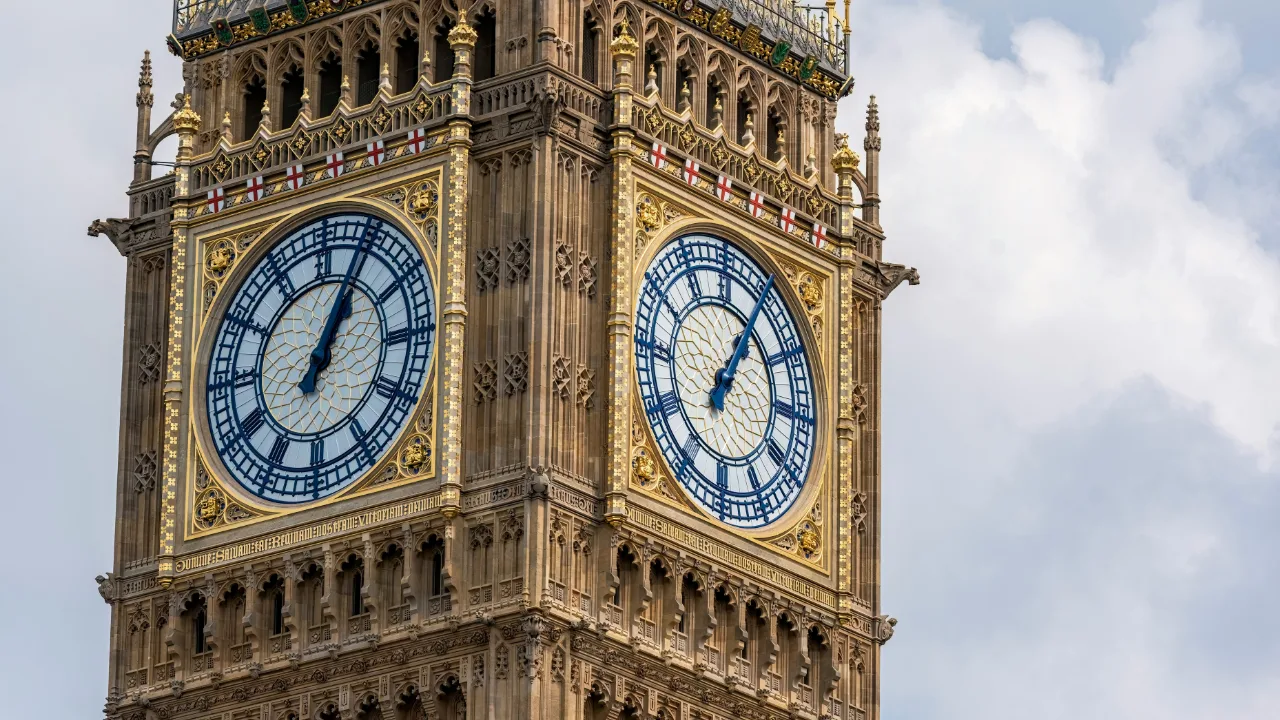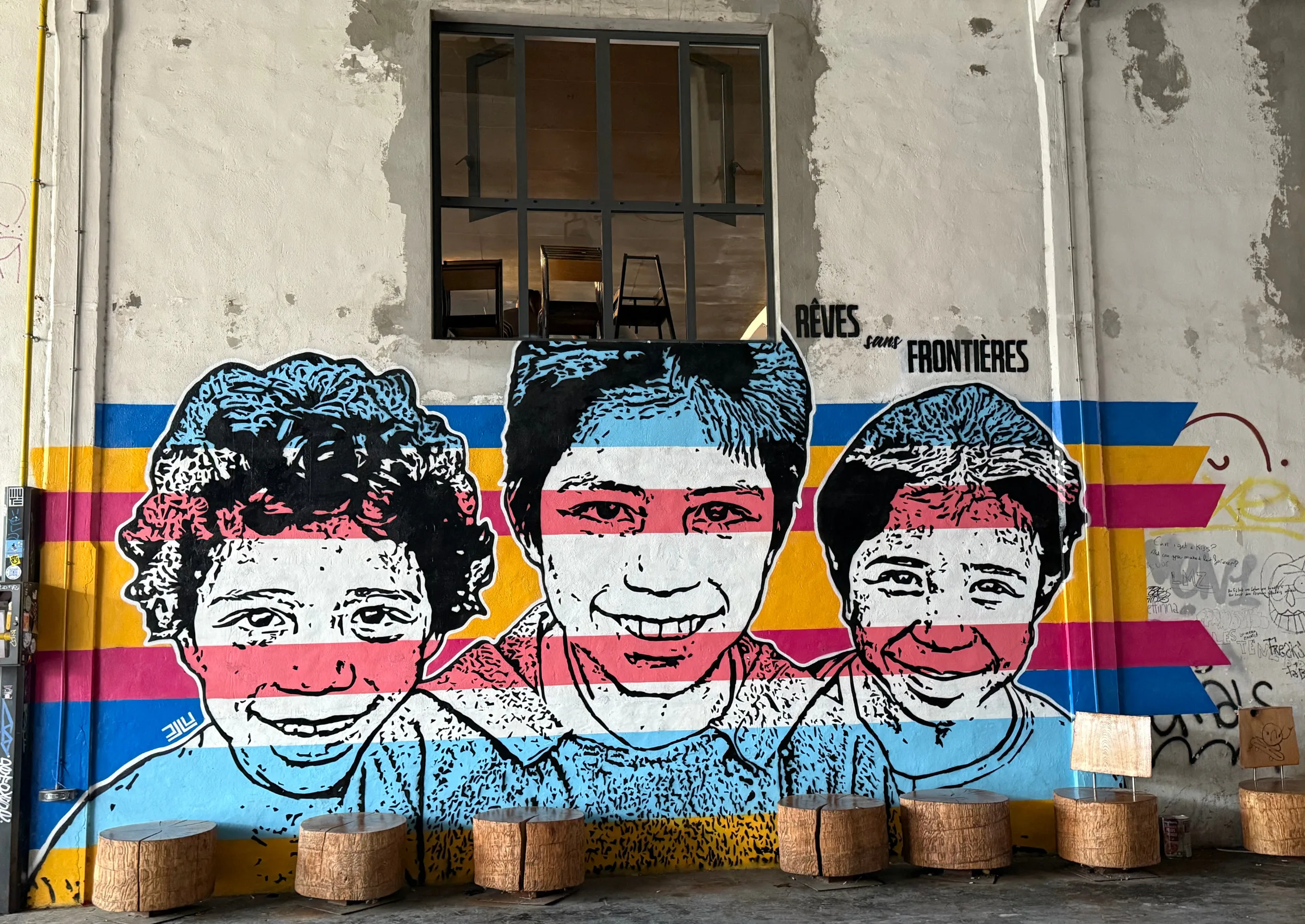The use and influence of Artificial Intelligence (AI) in the creative industries is growing. AI techniques are already recommending us TV shows or music on services such as Netflix or Spotify, but the potential applications stretch across many areas including fashion, art, computer games and filmmaking.
The importance of both AI and the creative industries for the UK’s economic future have been identified with both areas receiving sector deals, but our policies in these sectors are not joined up – without this they won’t achieve their full potential. Our new research, for the Creative Industries Policy and Evidence Centre (PEC), shows that the UK is strong in AI research relevant to the creative industries, but practical applications appear to be at early stages. More collaboration between AI researchers and creative industries must be encouraged.
The urgent need to support the many closed businesses and venues around the country during the COVID-19 lockdown, which has affected much creative activity, has also seen an acceleration in the adoption of digital technology. In the aftermath of the crisis, we will see greater focus on the role of digital in the sector and AI will be part of this.
Why AI is likely to affect the creative industries
Progress in AI is already affecting the creative industries and its role is set to grow as:
- AI techniques routinely influence the music, text and film we consume. AI algorithms are central to how we discover music, films and writing. YouTube uses machine learning techniques to recommend us videos as does Spotify for music and many other platforms.
- AI can be applied throughout the creative industries. Digitalisation means that pictures, sound and text, the raw materials of creative content, can all be converted into data and analysed using machine learning. This opens up new possibilities to understand creative activity such as in art or fashion which may have commercial applications.
- There are new creative applications of AI. Recent breakthroughs in AI’s creative capability, such as Generative Adversarial Networks (GANs) and Style Transfer, are already being used creatively. Although only a few years old these developments are finding use in music videos, fashion collections and artworks.
- The scope for AI to spread across creative domains is increased by digital convergence bringing sectors together. Technology is leading to creative domains converging. For example game development techniques are being used in filmmaking, such as in shooting Game of Thrones. This means that digital technological developments, of which AI is the most prominent example, can spread more quickly to different kinds of creative activity.

Artificial celebrities generated from a Generative Adversarial Network (GAN). Image taken from Karras, T., Alia, T., Laine, S. and Lehtinen, J. (2018)
Why this is important for the UK
These developments are particularly important for the UK given its strong position in the creative industries. It has been one of the fastest growing parts of the economy and fastest growing sources of employment in recent years. The UK also has one of the highest shares of the workforce in Europe employed in the sector.
The importance of the creative industries and AI for the UK’s future has been recognised with a sector deal on AI and a sector deal on the Creative Industries. However, there is limited information of the extent of activity that combines both. To address this, our new report aims to quantify levels of activity at the interface of these two connected areas to inform what the policy response should be.
Findings on activity combining AI and creative industries
The report uses data from scientific publication site arXiv, academic company collaborations on Gateway to Research and information on startup activity from Crunchbase. Key findings are:
- The UK is one of the world’s leading research centres in AI, but many other countries around the world are catching up. The UK is behind only the US and China in terms of its level of publications in AI, but many countries around the world are increasing their research capability at a faster rate than the UK.
- The UK has a strong position in AI research in domains potentially relevant for the creative industries, such as AI work on image, text and sound data. Only the US and China have higher levels of publications in these areas.
- Levels of AI research involving direct creative industry applications are relatively low internationally. This may be due to research of this nature having commercial implications and therefore being undertaken privately, but may also reflect academic research incentives.
- There are high levels of research in Generative Adversarial Networks (GANs), a recent key development in generative AI that is being used creatively. UK institutions have published more research on this topic than any other European country.
- Direct applications of AI in creative industries so far appear to be relatively limited. The absolute level of AI creative startup activity is in the tens of companies and in terms of academic university research collaboration projects. However, in Crunchbase, there is some evidence that only the US has higher levels of activity, suggesting that although current activity in this area is relatively small scale, the UK may be relatively advanced.

Neural network reconstructing images from people’s brain activity. Pierre Hughe Uumwelt exhibition, Serpentine gallery 2019. Image by John Davies.
Conclusions and policy recommendations
The report finds that the UK has a strong position in the creative industries and in relevant AI research, but this is not fully reflected in levels of applications of AI in the sector. The development of new technical possibilities from AI does not, of course, mean sustainable business models can always be built around them. However, engaging with recent research breakthroughs in AI is not necessarily easy either.
The UK should therefore reduce the cost of exploring the synergies between AI research and the creative industries, for example by making it easier for creative businesses to access the extensive AI skills inside UK universities through funding PhD studentships. Building on the work of the Digital Catapult and the Createch initiative, this would allow what is technically, artistically and commercially possible to be discovered more quickly and easily, enabling the UK to reach its full potential in this area.
Conversely, with the rapid acceleration of global work in AI, if AI leads to widespread disruption of the creative industries, and the UK does not take action, there is a risk its position in the sector could be undermined. If the UK is to get the most out of its complementary strengths in AI and the creative industries it must support higher levels of collaboration between AI researchers and the creative industries.
This blog was originally published by Nesta on 16th June 2020.
Photo by Ferdinand Stöhr
The PEC’s blog provides a platform for independent, evidence-based views. All blogs are published to further debate, and may be polemical. The views expressed are solely those of the author(s) and do not necessarily represent views of the PEC or its partner organisations.
Related Blogs
What UK Job Postings Reveal About the Changing Demand for Creativity Skills in the Age of Generative AI
The emergence of AI promises faster economic growth, but also raises concerns about labour market di…
Creative PEC’s digest of the 2025 Autumn Budget
Creative PEC's Policy Unit digests the Government’s 2025 Budget and its impact on the UK’s creative …
Why do freelancers fall through the gaps?
Why are freelancers in the Performing Arts consistently overlooked, unseen, and unheard?
Insights from the Labour Party Conference 2025
Creative PEC Policy Adviser Emily Hopkins attended the Labour Party Conference in September 2025.
Association of South-East Asian Nations’ long-term view of the creative economy
John Newbigin examines the ASEAN approach to sustainability and the creative economy.
Take our Audience Survey
Take our quick survey and you might win a National Art Pass.
Culture, community resilience and climate change: becoming custodians of our planet
Reflecting on the relationship between climate change, cultural expressions and island states.
Cultural Industries at the Crossroads of Tourism and Development in the Maldives
Eduardo Saravia explores the significant opportunities – and risks – of relying on tourism.
When Data Hurts: What the Arts Can Learn from the BLS Firing
Douglas Noonan and Joanna Woronkowicz discuss the dangers of dismissing or discarding data that does…
Rewriting the Logic: Designing Responsible AI for the Creative Sector
As AI reshapes how culture is made and shared, Ve Dewey asks: Who gets to create? Whose voices are e…
Reflections from Creative Industries 2025: The Road to Sustainability
How can the creative industries drive meaningful environmental sustainability?
Creating value: the creative economy beyond culture by Marta Foresti
Marta Foresti explains the value of international cooperation as she becomes Chair of the GCEC.












